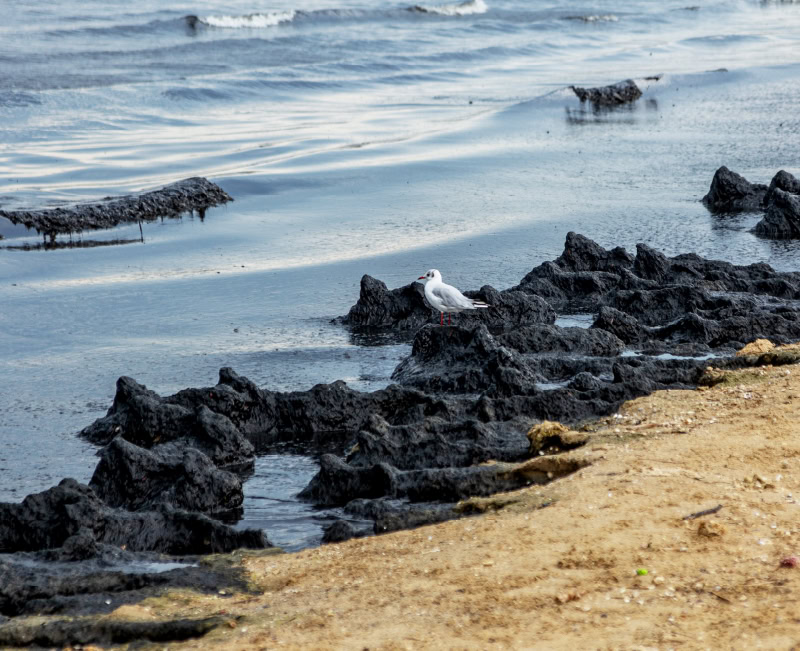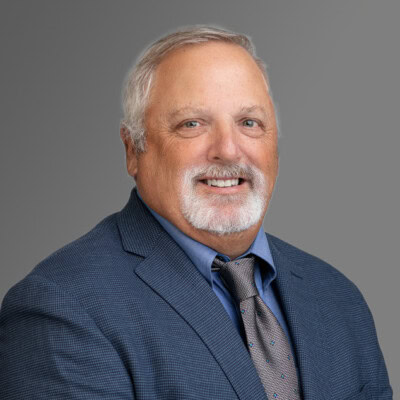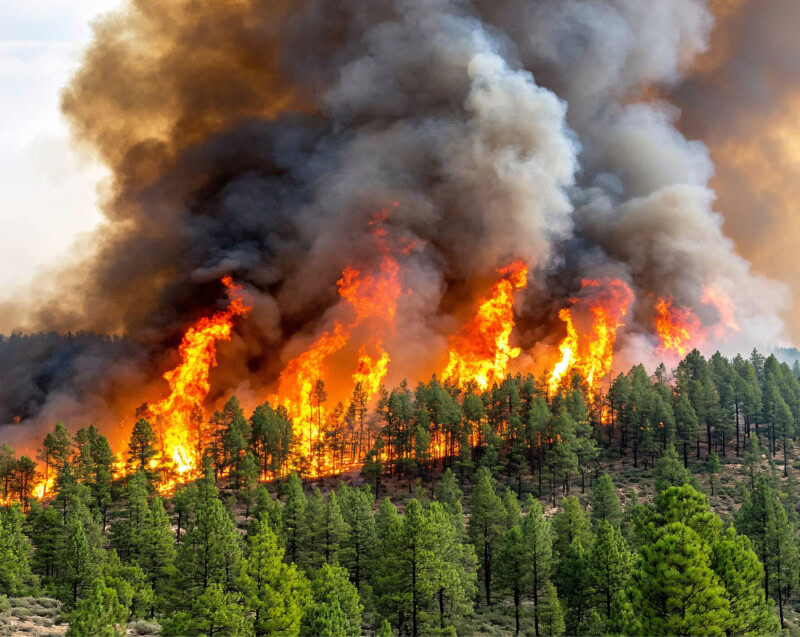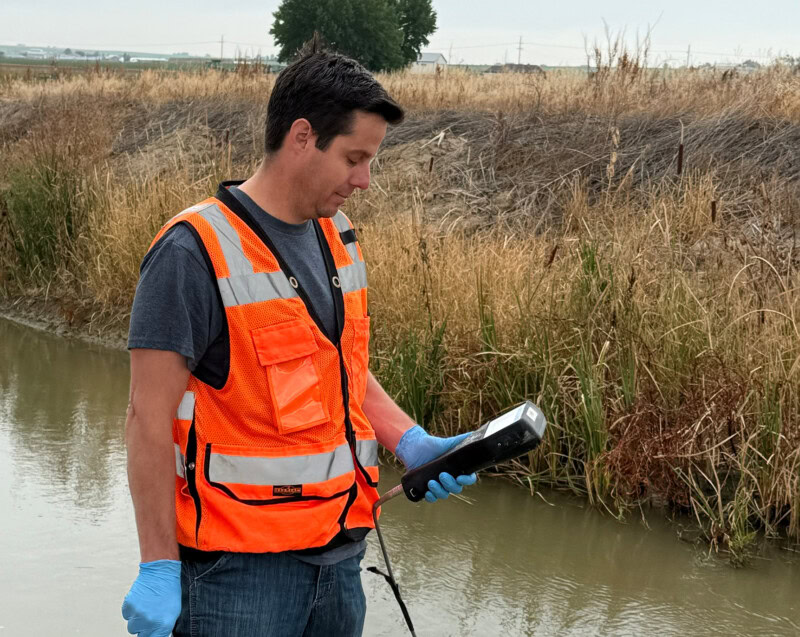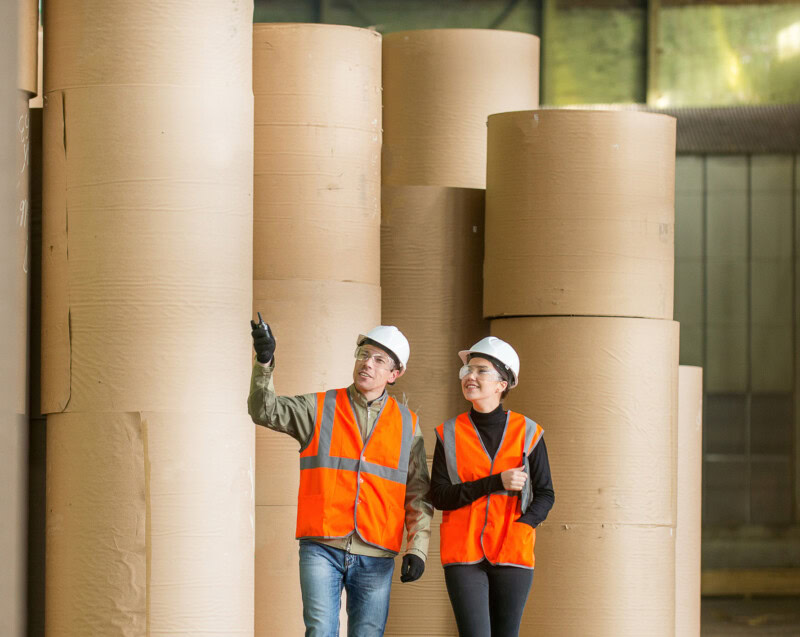What happens when a release of hazardous material—or the threat of one—affects natural resources, such as fish, wildlife, or drinking water supplies? There’s a Natural Resource Damage Assessment (NRDA) to determine the potential impact and needed restoration. An NRDA is a complex, multi-stakeholder process that Anthony “Tony” Palagyi understands how to navigate efficiently and effectively.
With a more than 35-year career in the oil and gas industry, on emergency response teams, and as a consultant, Tony brings unique expertise to every NRDA project he undertakes. In the Q&A below, he shares more about his experience and why CTEH is known as a “trusted resource” and an “extension of clients’ teams” during NRDA planning, training, and responses.
How do your previous experiences lend themselves to your current role at CTEH?
I’ve played leading roles within NRDAs as a client and a consultant. Seeing the process from a strategic and technical standpoint allows me to anticipate questions and ensure appropriate data collection. As I’ve learned firsthand, NRDAs are multi-faceted projects, requiring on-the-ground parties to simultaneously tackle pressure points—protected species, public notices, liabilities, and more—to reach their end goals.
You’ve helped develop NRDA practices, templates, and procedures throughout your career. Whether planning or response, how have or will these elements evolve?
I consider myself ‘on the ground floor’ of NRDAs, having been part of the first West Coast Joint Assessment Team (JAT) for NRDA in the 1990s. Since then, injury assessment and restoration planning have shifted, especially regarding baseline data. Take, for example, the increase in time between sea turtle nesting cycles. Today, some species that typically nest every two to three years are nesting every three to four due to energy dynamics like reduced prey resources or water temperature changes. We must consider baseline data that accounts for climate-driven ecological change, current and future, to ensure we consider restoration projects with the highest return on investment and build greater resiliency.
When it comes to NRDAs, why CTEH?
I could make a long list of CTEH’s differentiators—our easy access to subject matter experts, diversity of projects, expertise on protected species and ecological systems… However, I believe our relationships are particularly valuable. NRDAs depend on putting together a puzzle of micro pieces of information. I know who to call and when to bring them into a project because I’ve worked alongside government agencies, educational institutions, ecological experts, and others on responses. I also serve in industry working groups, lead workshops, conduct seminars, and host training sessions. CTEH and our parent company, Montrose, have a deep breadth of experience, knowledge, and trusted relationships, including managing data for potential litigation. Our team understands the importance of finding requested pieces of data in a vast pool of information. We also know how to develop maps, tables, and exhibits for discussion and decision-making.
What’s next for the CTEH team as you serve partners during the NRDA process?
We recommend preparation and planning for any potential emergency response to ensure strategic, data-driven decision-making. For NRDAs, we may encourage partners to collect updated baseline data, promote internal stakeholder communication, participate in drills, or develop tools to save them time and resources if an incident occurs. We may also help them consider or craft early or emergency restoration plans to accelerate the recovery of potentially impacted resources or communities. Having these types of conversations with our partners ahead of time makes NRDAs more efficient.
Learn more about Tony Palagyi, senior environmental response consultant, here.
